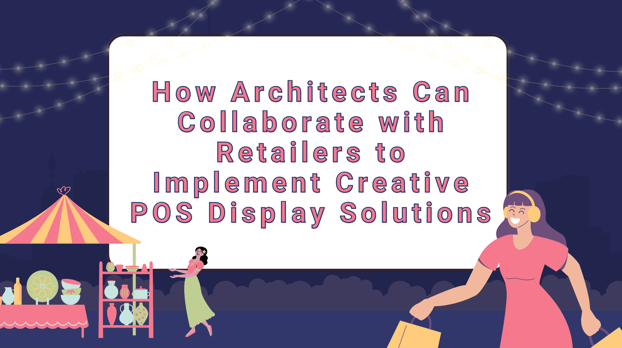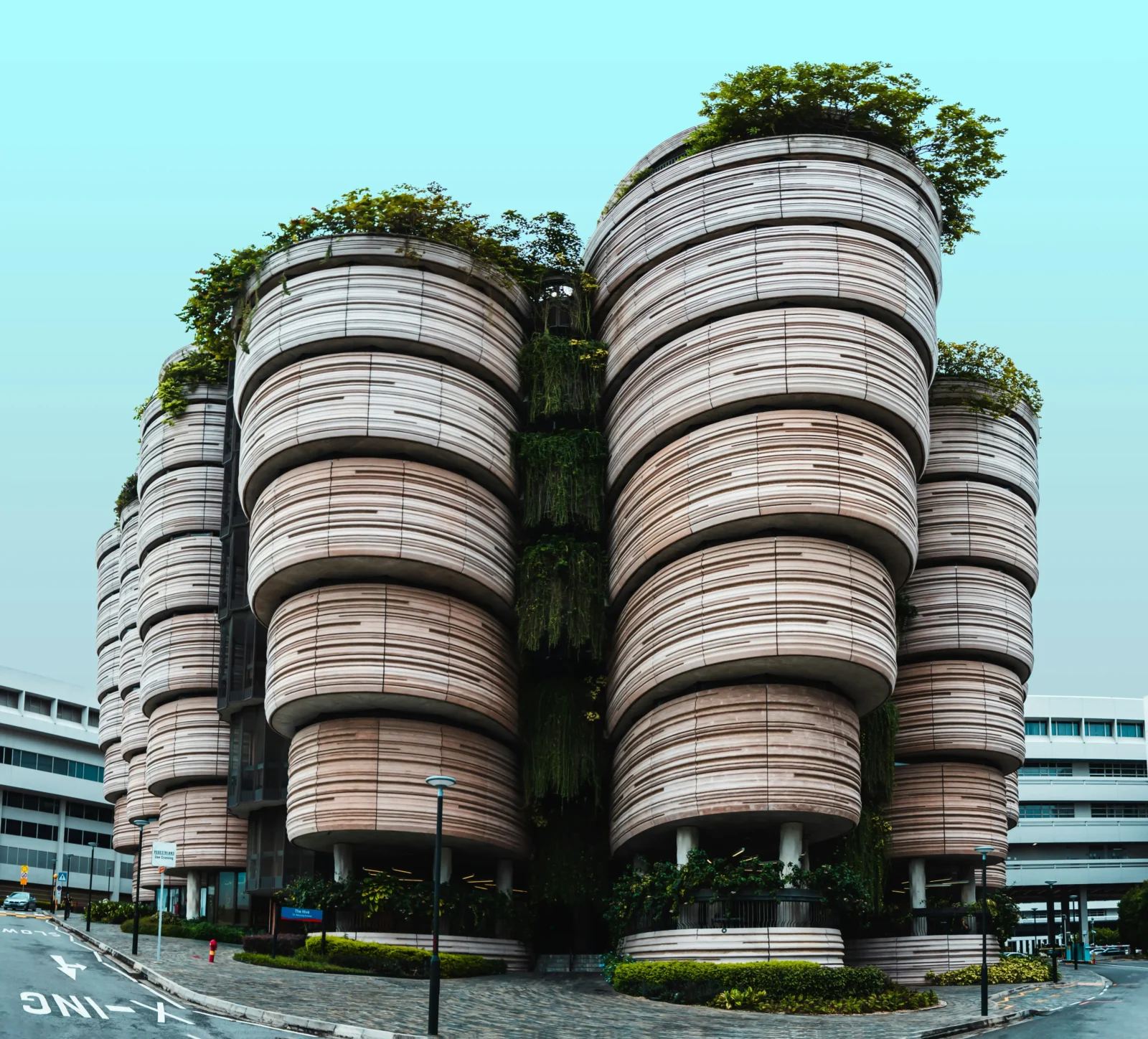- Home
- Articles
- Architectural Portfolio
- Architectral Presentation
- Inspirational Stories
- Architecture News
- Visualization
- BIM Industry
- Facade Design
- Parametric Design
- Career
- Landscape Architecture
- Construction
- Artificial Intelligence
- Sketching
- Design Softwares
- Diagrams
- Writing
- Architectural Tips
- Sustainability
- Courses
- Concept
- Technology
- History & Heritage
- Future of Architecture
- Guides & How-To
- Art & Culture
- Projects
- Interior Design
- Competitions
- Jobs
- Store
- Tools
- More
- Home
- Articles
- Architectural Portfolio
- Architectral Presentation
- Inspirational Stories
- Architecture News
- Visualization
- BIM Industry
- Facade Design
- Parametric Design
- Career
- Landscape Architecture
- Construction
- Artificial Intelligence
- Sketching
- Design Softwares
- Diagrams
- Writing
- Architectural Tips
- Sustainability
- Courses
- Concept
- Technology
- History & Heritage
- Future of Architecture
- Guides & How-To
- Art & Culture
- Projects
- Interior Design
- Competitions
- Jobs
- Store
- Tools
- More
How Architects Can Collaborate with Retailers to Implement Creative POS Display Solutions

Point-of-sale (POS) displays play a key role in grabbing customer attention and boosting sales.
By bringing together the skills of architects and the knowledge of retailers, businesses can create effective POS displays that enhance store layouts, highlight products, and match the brand’s message.
When architects collaborate with retailers, they can design stores that attract shoppers. These spaces can offer immersive experiences and build customer loyalty.
This work creates tidy spaces that look good. It improves the shopping experience and boosts customer satisfaction.
This blog explores how retailers and architects can work together. They can create effective POS displays that boost customer satisfaction. The goal is to optimize environments for better results.
Table of Contents
ToggleUsing Architectural Expertise for Retail Impact
Architects bring a unique skill set to designing retail spaces. They blend design and aesthetics. This results in functional spaces that enhance the customer journey.
Their insights are crucial for developing creative pos display solutions that complement a store’s layout and architecture.
Architects work closely with retailers. They ensure displays match brand aesthetics and improve the shopping experience. This collaboration results in:
- Optimized store layouts that promote smoother customer flow and maximize product visibility.
- Displays that integrate seamlessly with the store’s visual design to avoid clutter and enhance aesthetics.
- A unified shopping experience boosts customer retention. It requires consistent branding in architecture and displays.

Research shows that a well-designed retail environment can increase the time spent by customers by up to 20% and drive more sales through strategic layouts and display placement.
Also, consistent branding in architecture, layout, and merchandising boosts customer loyalty.
Identifying Key Collaboration Opportunities
For strong collaborations, architects and retailers must target specific areas. There, their combined expertise can add the most value. Below are the primary areas to prioritize.
1. Spatial Design and Layout Optimization
Effective layout planning ensures better customer flow, product visibility, and shopper engagement.
Architects leverage their expertise in traffic flow. They position products and displays in high-footfall areas.
Strategic product placement in these zones has been shown to boost impulse buying, resulting in measurable revenue increases.
- Pathway design: Architects arrange aisles and displays to guide customers. This helps them see promotions and high-margin products.
- Zoning of product categories: We group similar products. This encourages more purchases and helps customers find what they need.
2. Material and Structural Innovations
Consumers now value sustainability. Architects can meet this by using eco-friendly materials in retail design.
Displays made from materials like cardboard, bamboo, or recycled plastics are eco-friendly and look great.
These materials help lower costs by reducing waste and saving energy.
Modular displays are flexible and can be easily adjusted for different promotions, avoiding the need for full redesigns.
- Sustainable architecture: Working with retailers to use eco-friendly designs helps the environment and connects with eco-conscious shoppers.
- Energy-efficient lighting: Architects choose low-energy lights that make displays look good while using less power.
3. Creating Multi-Purpose Displays
Architects can design versatile displays that serve dual roles – both as product stands and visual focal points. A great example of this is the Apex display stand, which combines functionality with sleek design, making it an ideal choice for retailers looking to optimize both aesthetics and practicality in their POS displays.
For example, freestanding fixtures might double as storage units or promotional signage.
Such multi-purpose displays improve retail space utilization and can increase visibility for promoted products.
- Adaptable fixtures: Modular structures allow retailers to reconfigure displays quickly for different campaigns, ensuring relevance throughout the year.
- Visual focal points: Architects incorporate architectural elements such as arches or geometric shapes into displays, drawing customer attention to key products.
Architects’ Role in Designing Immersive Brand Experiences
The role of architects goes beyond functional considerations; they play a key part in building immersive shopping environments that strengthen emotional connections with customers.
Visual Merchandising Synergy
Combining store layouts with display designs creates a smooth shopping experience. Architects work with visual merchandisers to match the design with the brand’s story and values.
This approach makes the shopping environment more appealing and boosts customer engagement.
- Brand storytelling: Displays are not just functional; they convey a narrative that resonates with the brand’s identity and mission.
- Seamless transitions: Thoughtful design ensures that customers encounter logical product sequences, increasing purchase intent.
Interactive and Digital Displays
Adding tech, like kiosks and digital signs, makes shopping more fun. Architects design these digital features to fit well with the store’s layout.
Studies show that interactive displays engage customers longer. This boosts satisfaction and sales.
- QR codes and touchscreens: They provide extra product info and offers. They create chances for upselling.
- Augmented reality (AR): AR displays let customers see products in the real world. This boosts the chance of a purchase.
Themed or Seasonal Campaigns
Architects help retailers design seasonal displays for holidays or special events. These displays create excitement and a sense of urgency, encouraging more purchases.
Studies show that themed campaigns can increase sales during these times.
- Temporary installations: Architects can develop reusable display modules for events such as Black Friday or holiday sales.
- Window displays and visual cues: Exterior-facing displays attract foot traffic, drawing customers into the store.
Managing Timelines and Teamwork
For POS display solutions to succeed, both architects and retailers must align their efforts and manage logistics efficiently.

Case Studies: Successful Retail Display Implementations
Coca-Cola’s Inverted Pyramid Display
In collaboration with architects, Coca-Cola created an inverted pyramid display that optimized product visibility while doubling as a unique visual element.
The result was a 13% increase in sales for the promoted product, demonstrating the power of architectural design in driving consumer behavior.
Nike’s Interactive Store Experience
Nike partnered with a design firm to develop an interactive store layout featuring digital displays and engaging product showcases.
The immersive environment led to an increase in customer engagement and boosted sales of featured products.
Best Practices for Successful Architect-Retailer Collaborations
To maximize the impact of these collaborations, consider the following best practices:
- Define clear goals: Align branding and merchandising objectives from the outset.
- Be flexible: Allow room for adjustments based on seasonal trends or customer feedback.
- Prioritize sustainability: Use eco-friendly materials and energy-efficient solutions.
- Measure success: Track KPIs such as sales lift and customer engagement to fine-tune future efforts.
These best practices foster collaborative innovation and ensure that both architectural vision and retail goals are achieved, delivering compelling POS displays that capture customer attention and drive performance.
Making POS Displays Work for Your Brand
When architects and retailers work together, they can create POS displays that are both attractive and practical. Well-designed displays help shoppers notice products, make stores easier to navigate, and strengthen the brand’s identity.
By combining smart design with creative retail strategies, businesses can build spaces that engage customers and encourage more purchases.
By combining smart design with creative retail installation strategies, businesses can build spaces that engage customers and encourage more purchases.
With good communication, eco-friendly materials, and flexible design, these partnerships lead to lasting success in a fast-changing retail world.
FAQs: Common Questions from Retailers and Architects
How can architects ensure that retail display designs align with brand guidelines?
Early discussions with retail stakeholders about branding objectives and collaborative design reviews ensure alignment throughout the project.
What materials work best for sustainable POS displays without compromising aesthetics?
Modular materials like corrugated cardboard, recycled plastics, and bamboo offer sustainability and design flexibility, while reclaimed wood adds a premium, eco-friendly touch.
How can retailers measure the effectiveness of architect-designed displays?
Retailers can track KPIs like sales lift, engagement rates, and dwell time to assess performance. Implementing A/B testing for different display setups also offers valuable insights into consumer behavior.
illustrarch is your daily dose of architecture. Leading community designed for all lovers of illustration and #drawing.
Submit your architectural projects
Follow these steps for submission your project. Submission FormLatest Posts
Using Textured Concrete to Achieve Wood Aesthetics in Architectural Hardscaping
In contemporary landscape and architectural design, material expression plays a crucial role...
Pedestrian Accidents Without a Crosswalk: Can You Still Recover Compensation?
Getting hit while crossing outside a crosswalk can feel like an instant...
8 Examples of Successful Disaster Resilient Architecture
As climate risks increase, architects around the world are creating innovative structures...
Preventing Cyber Threats in Smart Buildings by Design
The trend of integrating IoT technologies into buildings isn’t going away. More...












Leave a comment